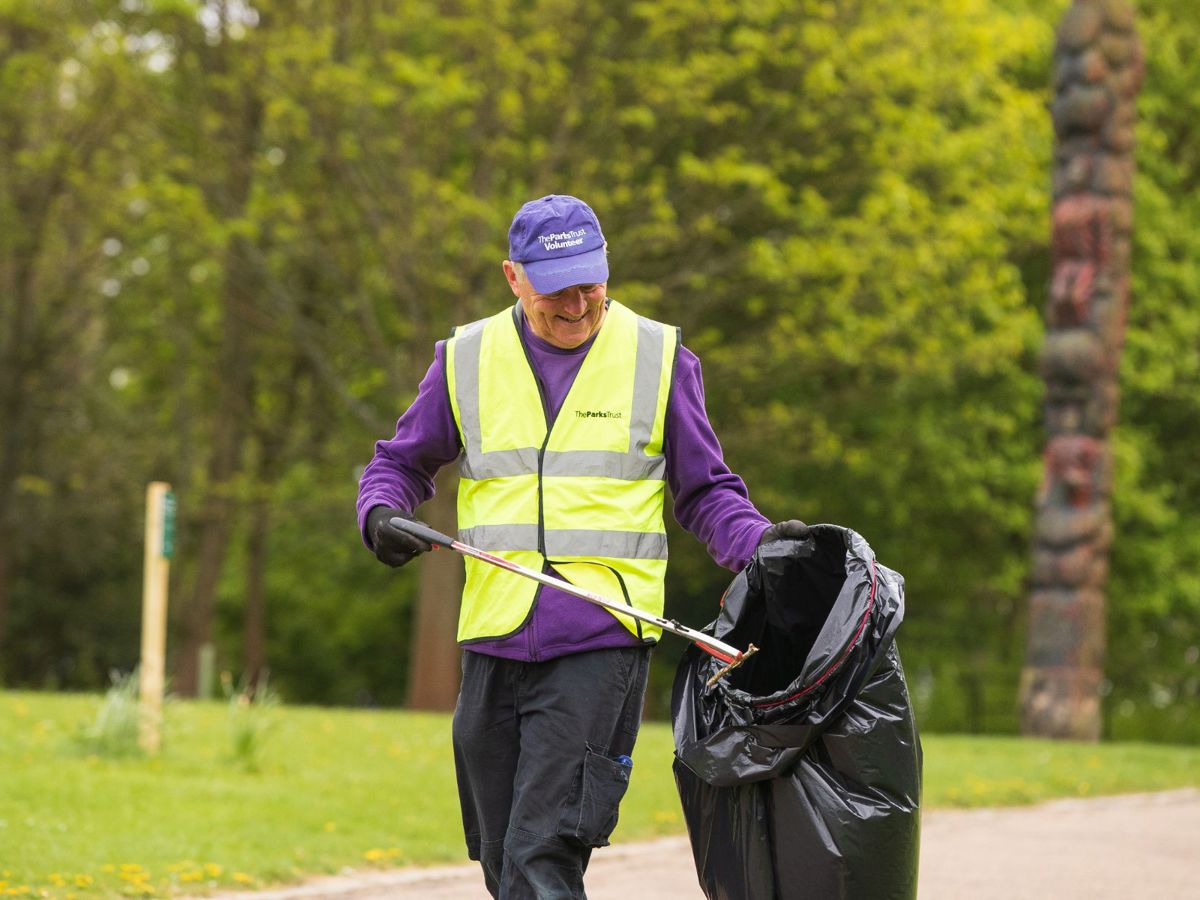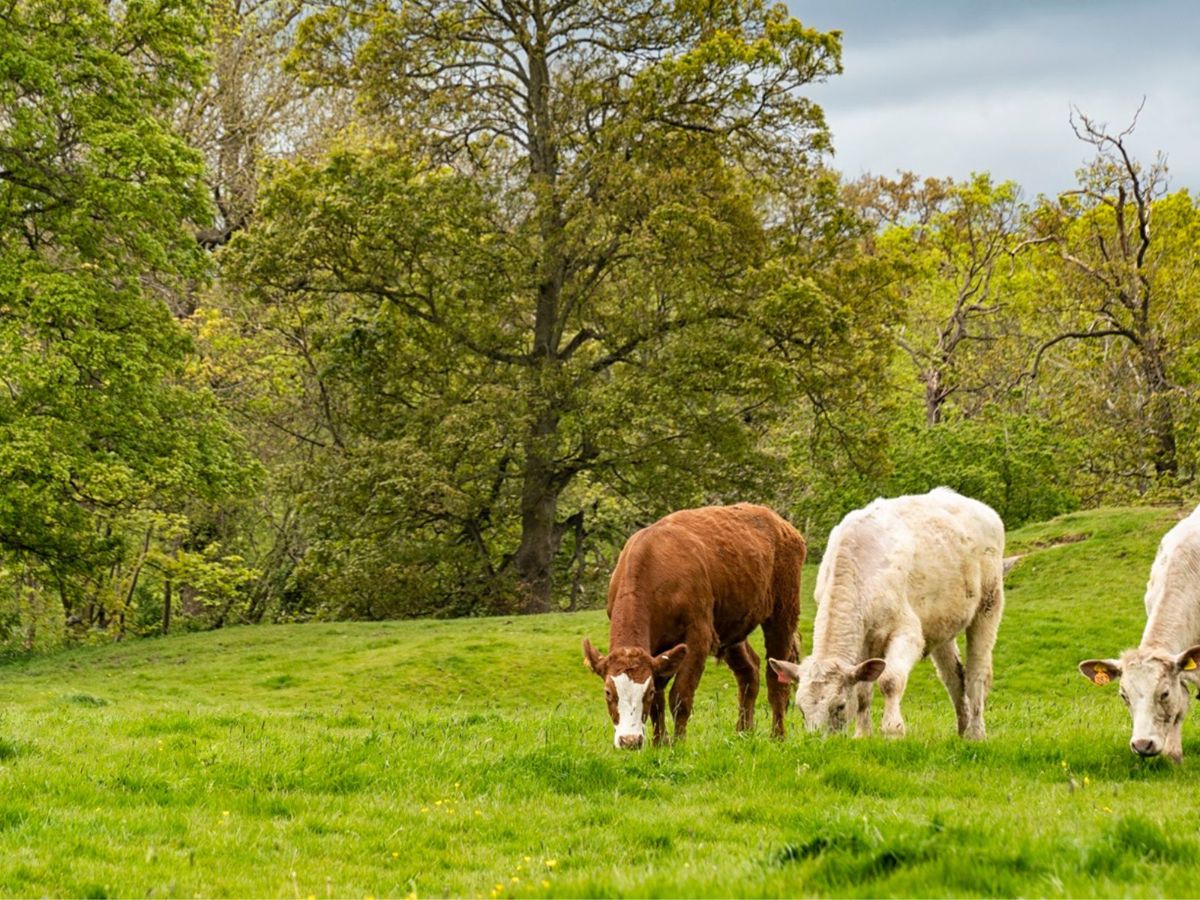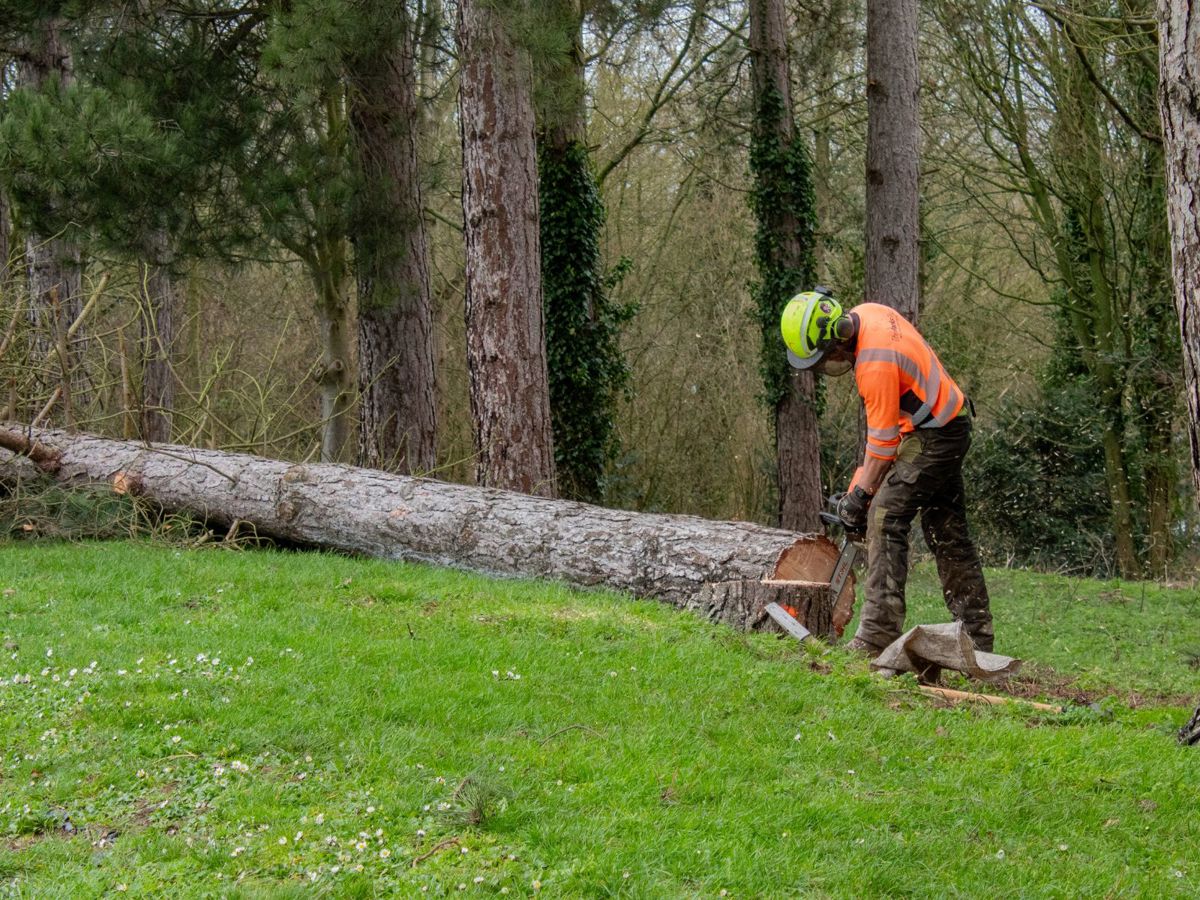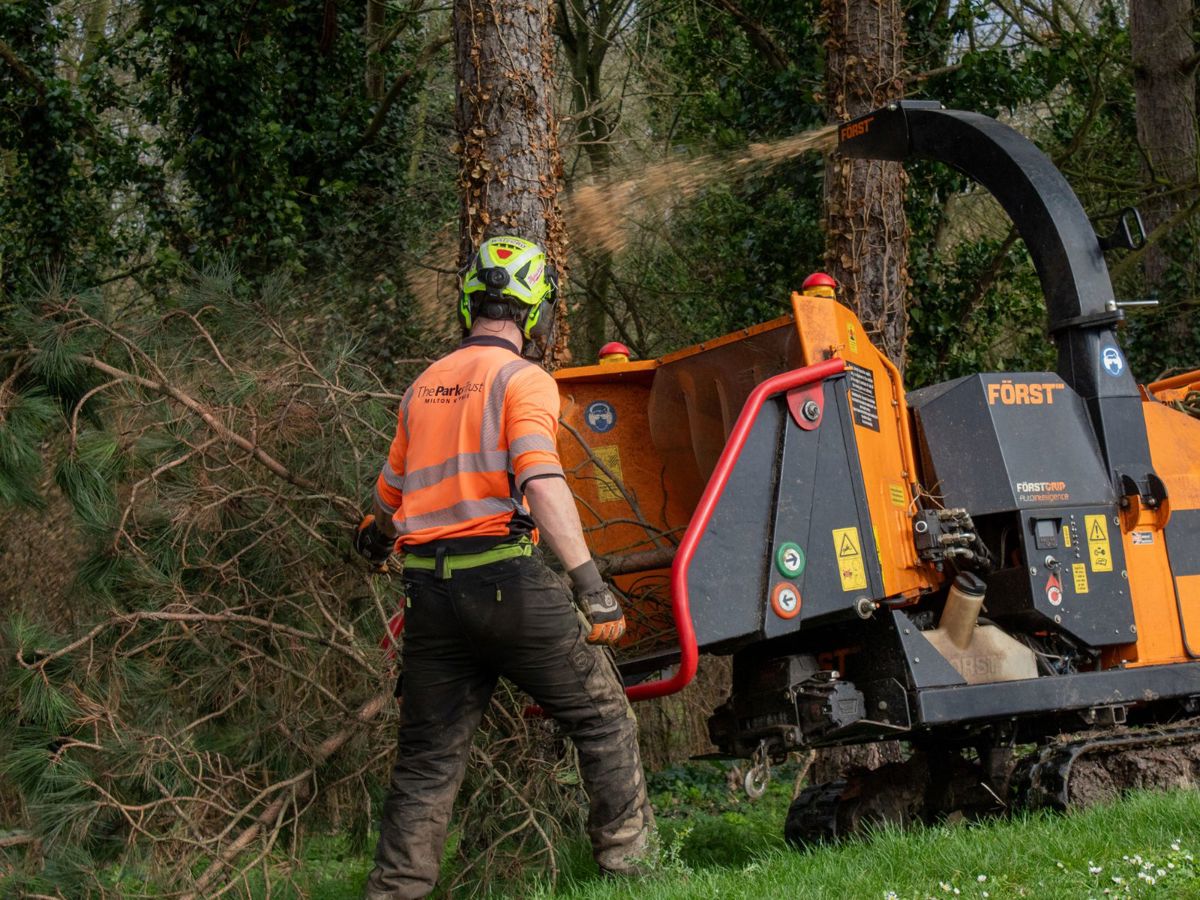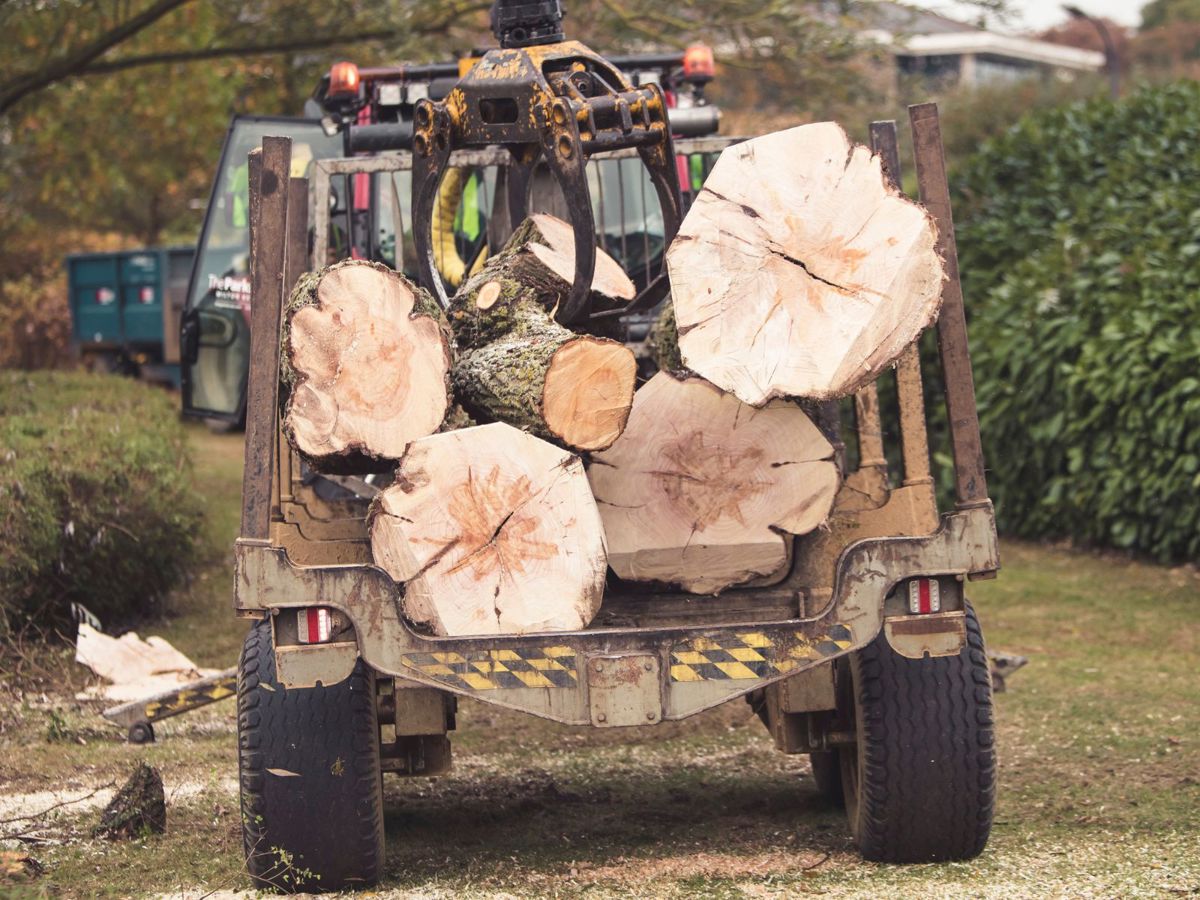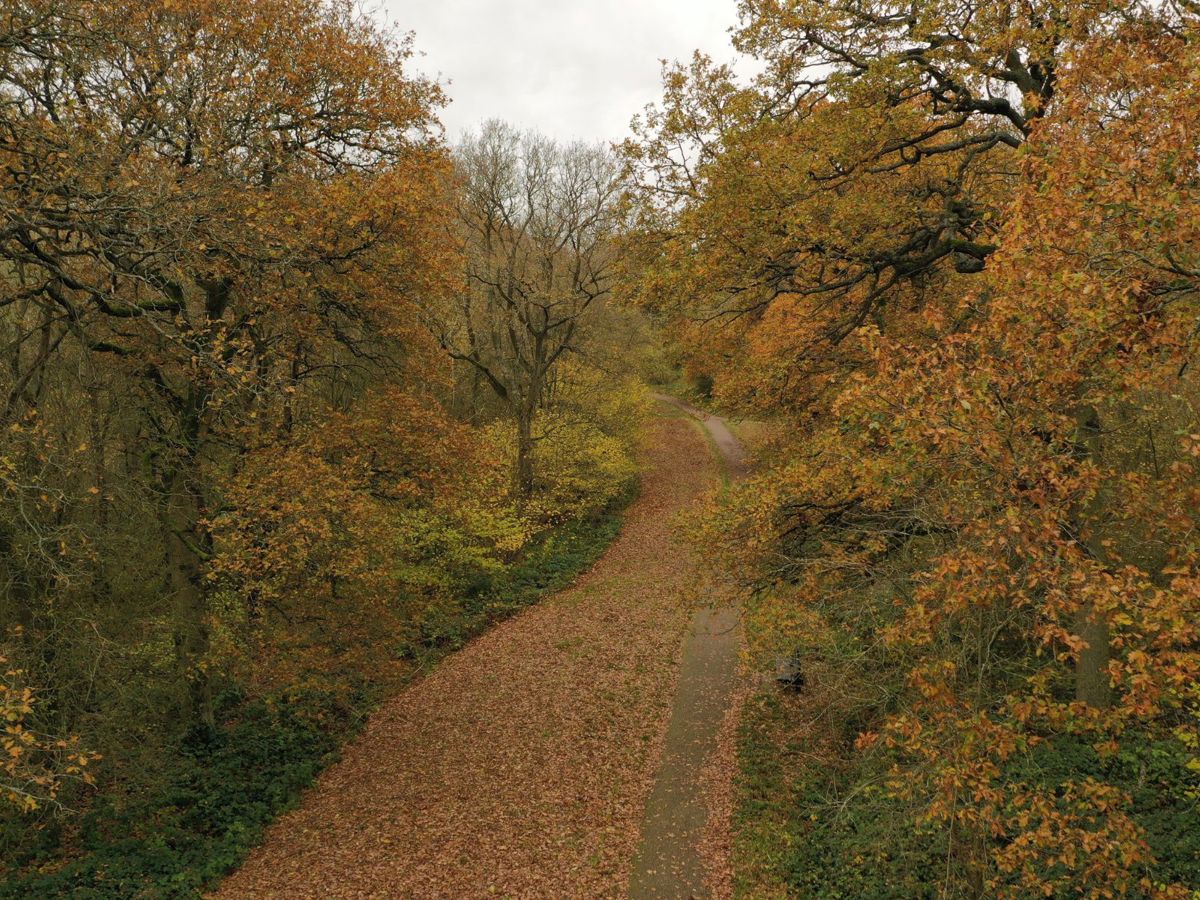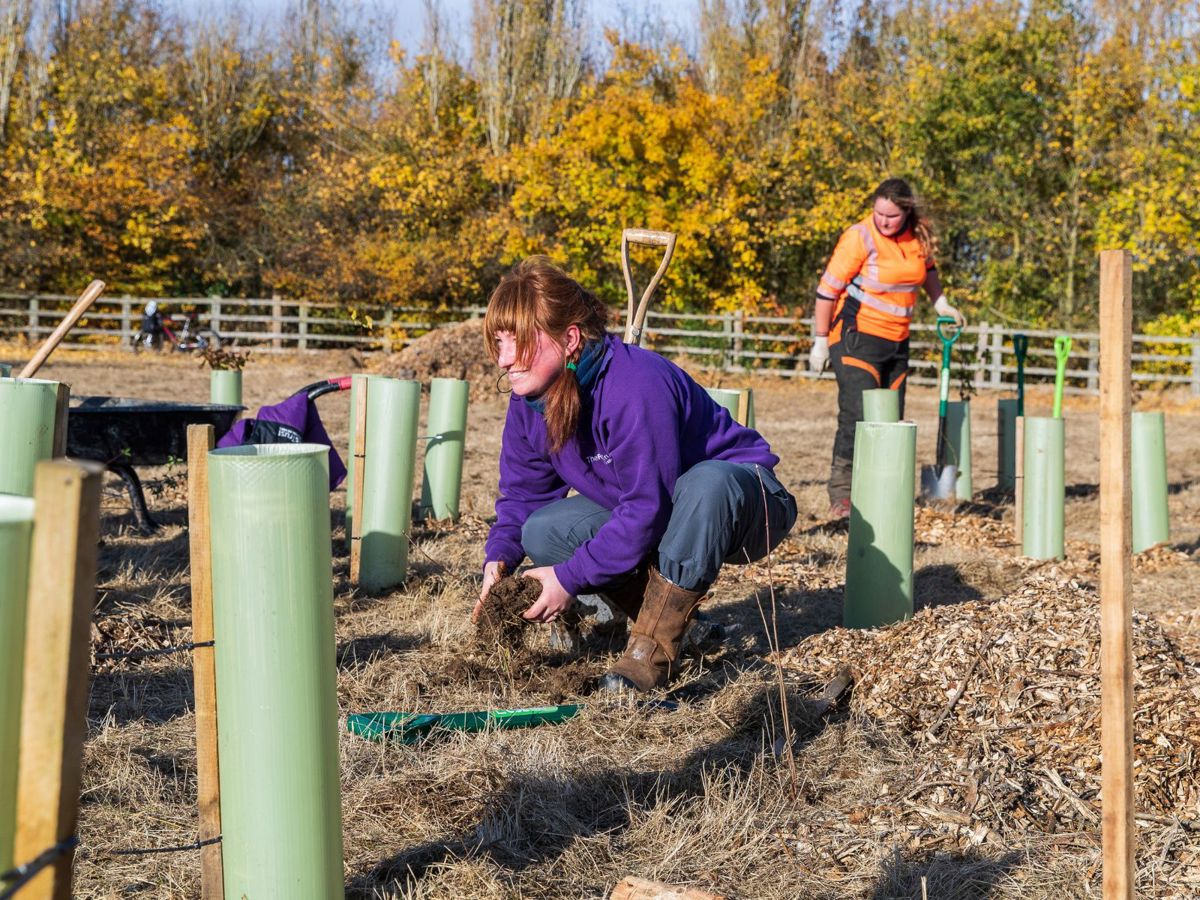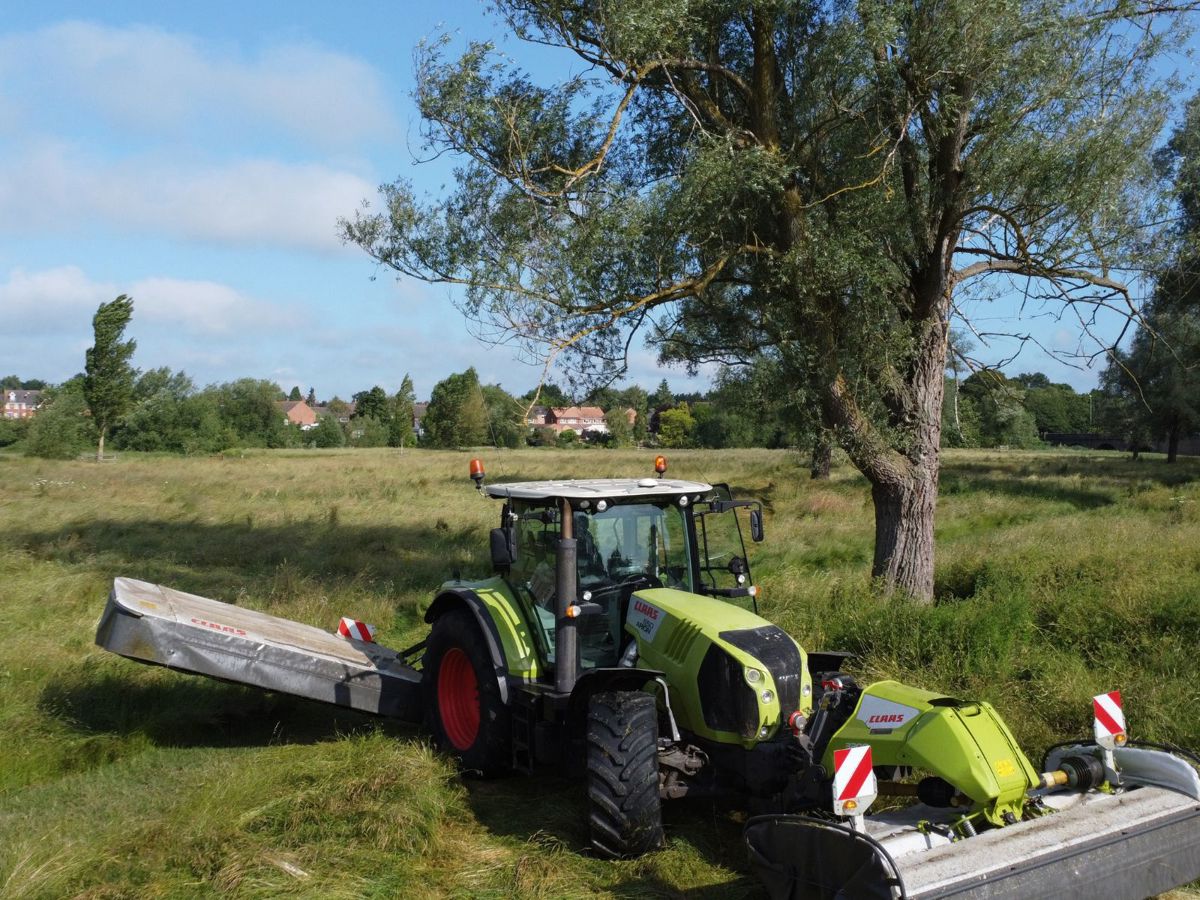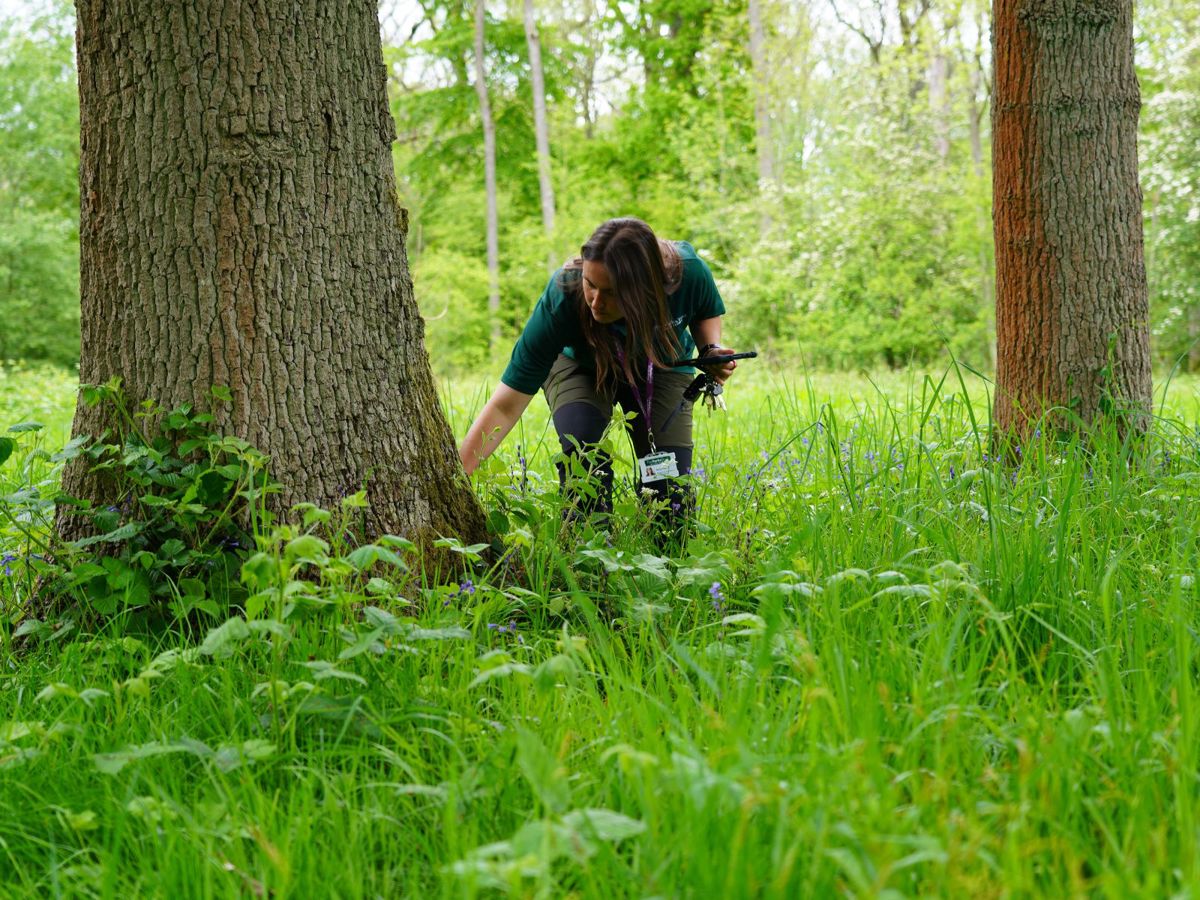
Since The Parks Trust was established in 1992, we have planted over 1 million trees and shrubs across the city to develop and nurture Milton Keynes' planting and landscape schemes.
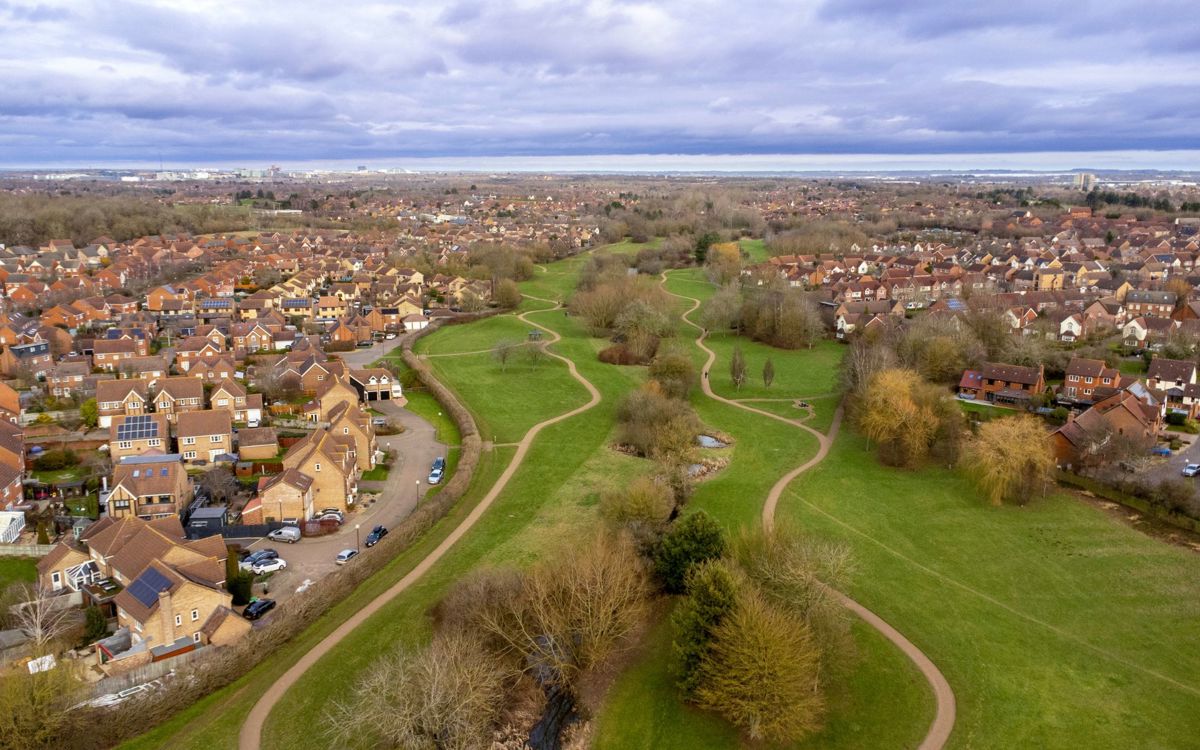
When the landscape associated with Milton Keynes was first created by Milton Keynes Development Corporation (MKDC), a significant number of trees and shrubs were densely planted with a plan to create an instant green effect across the new city. This was effective at ‘greening up’ the new city, however, these densely planted trees, particularly those found in the plantations, are not sustainable in the mid to long term, as they compete with one another for light and space. To help rectify this, we carry out thinning to retain properly positioned trees and provide light to the understorey which helps protect the future health of plantations and their understories of younger trees, shrubs, and herbaceous layers.
Once trees are approximately 7-8 metres high, we look for opportunities to plant shade-tolerant tree species under the thinned canopies which give woodlands further depth. We select trees which are suitable for the location and aim to diversify the species mix in the landscape, which also helps protect our woodlands against pests and diseases.

Many of the shrubs we own and manage were again planted in the late 1970s and 1980s. We carry out coppicing work which helps rejuvenate plants and encourages growth, however, some do naturally fail due to their age. When undertaking re-planting for these areas of shrubs we may not necessarily replace like-for-like. This could mean changing the shrub species or looking at alternative planting options such as tree planting, bulbs or even wildflower seeding.
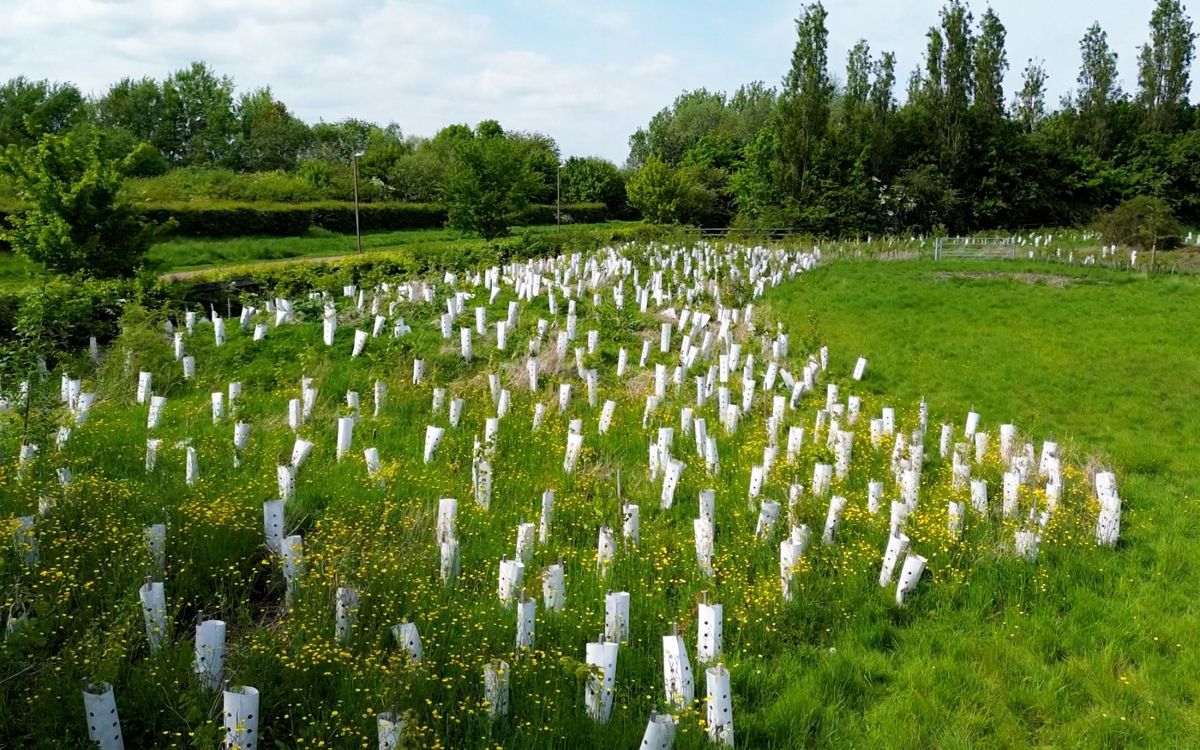
The landscapes under our care were designed with a good balance between plantations (including mature woodlands), grass areas (including grazing areas) and shrub areas. We try to maintain this balance but also look for opportunities where we can undertake new planting schemes. One such area is Middleton Woodland Meadow where over 6,000 native trees and shrubs have been planted as part of a 5-year programme to diversify the green space and create new habitats for wildlife.
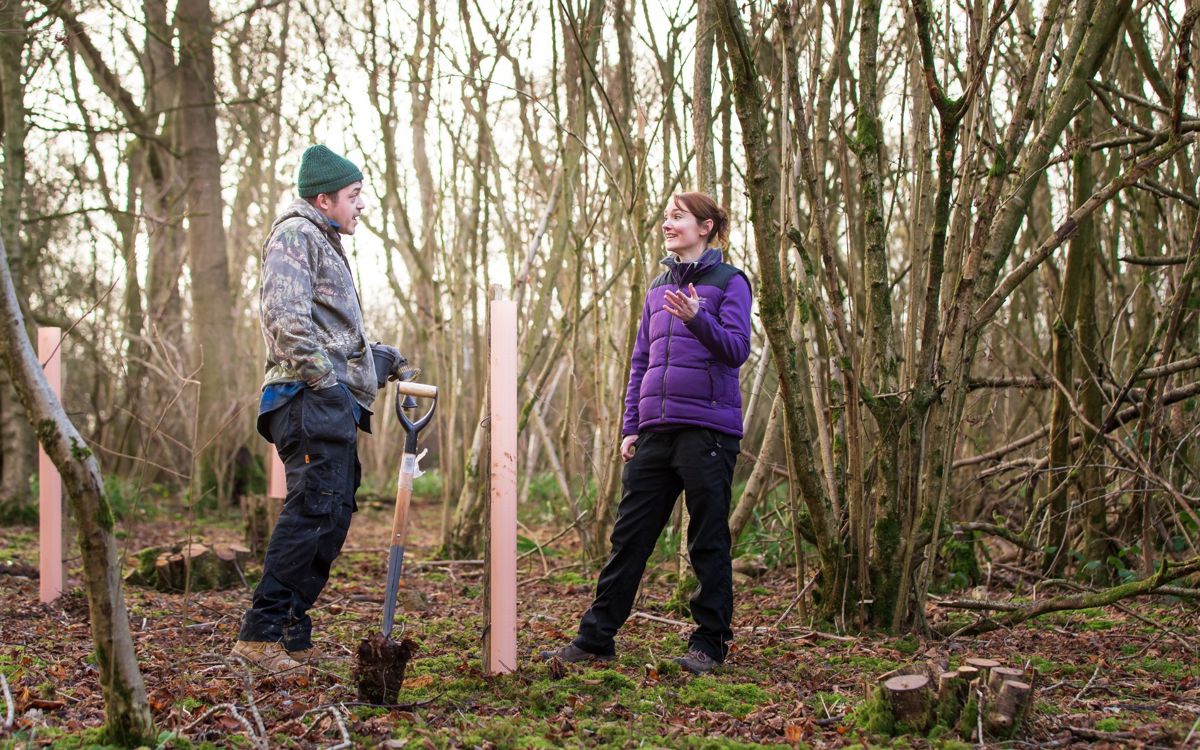
As well as the thinning of high-density planting, trees may need to be removed for reasons including safety risks, diseases, subsidence issues and sometimes to allow for the city’s expansion when new services need to be installed. It is not always possible to replace the trees in their original location, however, we aim to carry out planting in the general vicinity. We are also working hard to replace trees lost to Ash Dieback disease, one way we are doing this is through our acorn growing campaign which has seen Milton Keynes residents grow oak trees which are then planted in their local ancient woodlands.
Find out how we care for over 6,000 acres of green space including parks, ancient woodlands, lakes, river valleys and 80 miles of landscaped areas along the grid roads.

